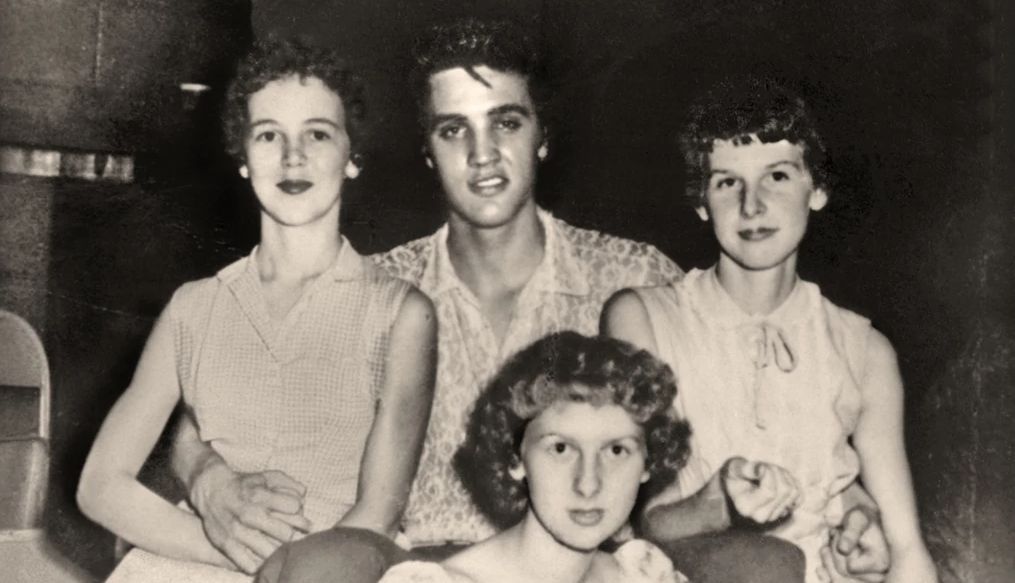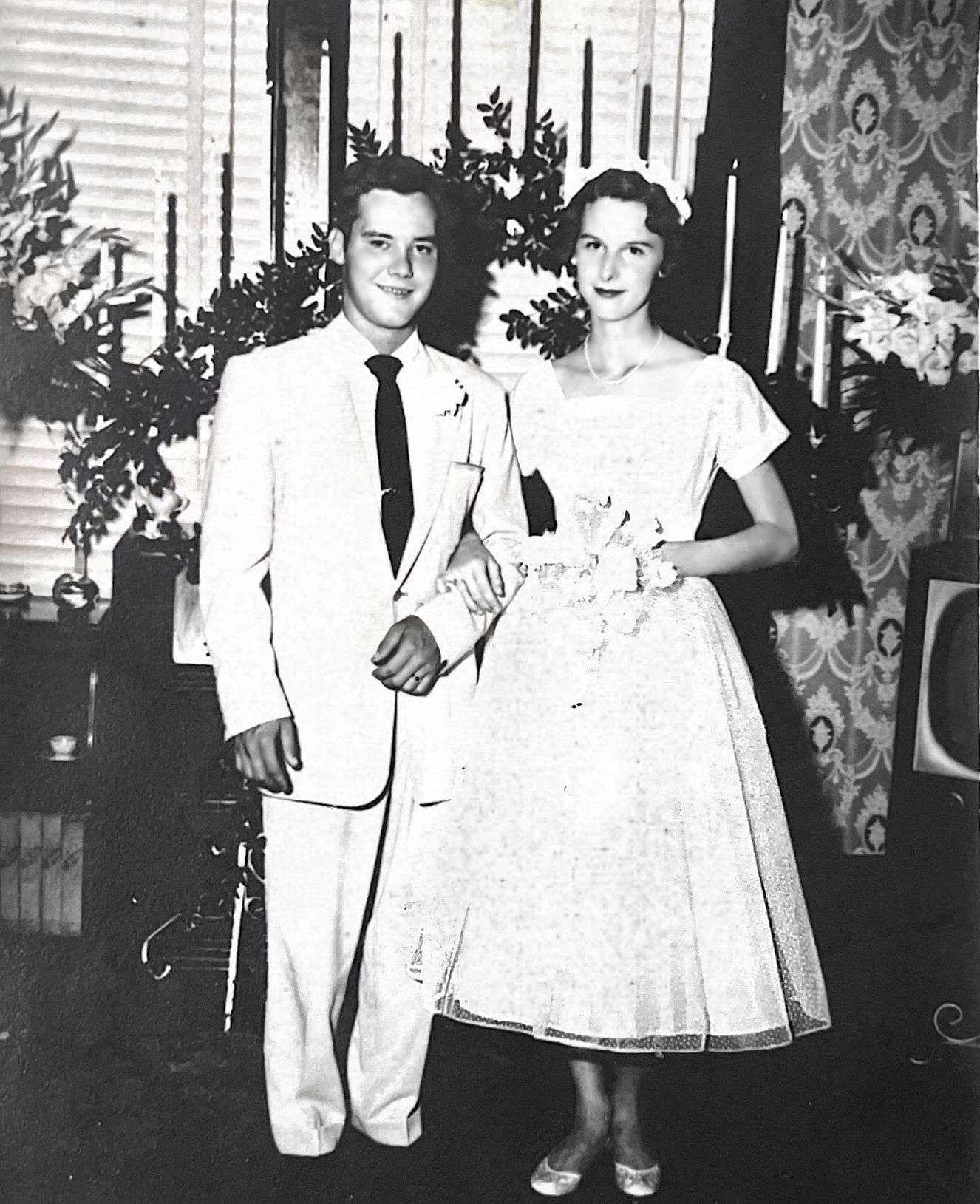AARP Hearing Center


As I’ve grown older, I’ve learned that a picture can often be worth much more than a thousand words. Like this one, taken after a concert in Sheffield, Alabama, in August 1955.
That’s my mother, Patsy Ruth, with two young women and Elvis Presley — before he was a global superstar. (Mom is on the left, holding Elvis’ hand and smiling softly. She’s two weeks shy of her 18th birthday; Elvis is 20.) It’s a great snapshot of “the King” — curled lip, slick hair and all — a few months before he released “Heartbreak Hotel” and transformed into what conductor Leonard Bernstein called “the greatest cultural force in the 20th century.”
This unique memento has been a big part of our family lore for 70 years. However, Mom never shared many details about that night, so the identities of the other two girls and the photographer were a mystery — one we weren’t overly invested in solving. After all, what more did people need to know? It’s a picture of Elvis with Patsy Ruth. Enough said.
But as I’ve learned more about the image, I’ve discovered that it might hold greater significance for members of another family — and their stories add surprising elements to the tale.
An assist from social media
About 15 years ago, I posted a scan of the photo I call “our family heirloom” on a personal website. A couple of years later, Lesley Mathis of Nashville, a nurse practitioner and an associate vice president with IKS Health, was clicking through pictures of Elvis on Google Images when she came across one that made her gasp.
It was this photo — which also hangs in her home.
She looked me up on Facebook and sent a personal message.
“I was shocked,” Lesley said. “I figured I was the only one that had that photo. … I have always wondered who the other girl was in the picture.”
Likewise, Lesley was able to tell us about the other girls in the image. It turns out they were sisters. That’s Lesley’s grandmother, Lynda, on the right, and her great-aunt, Sue, front and center.
And here’s the kicker: Lesley’s grandfather, Jimmy Lee Conner, took the picture. He and Lynda were sweethearts then, and they married in June 1956, right after Lynda finished high school. (While researching this article, I discovered that she was a classmate of my mother’s in Haleyville, Alabama, a town about 45 miles south of Sheffield.)


Lesley said Jimmy Lee’s dad owned a photography shop in Sheffield, so the young man often had a camera with him. But she said he sometimes used creative tactics to take photos in places like the Sheffield Community Center, a 2,000-seat event complex that hosted a wide range of gatherings and performances through the years, including Elvis’ appearance in August 1955. (The building is now part of an apartment complex.)
According to Lesley, Jimmy Lee used to scoot past concert security using a fake press pass — something he did more than once, she said. She added that he made his bluff more convincing by borrowing the biggest professional-grade cameras he could find in his father’s studio — “the kind that required two hands to operate and looked like something a real news photographer would use,” she said.




































































You Might Also Like
What It Felt Like to Sing With Brian Wilson
Somehow I got the chance to harmonize with the greatest pop songwriter of our lifetime
Classic Hits Find New Audiences in Online Videos
Videos on TikTok and other online platforms often use old songs to capture the right vibe
Ozzy Taught Me Everything I Know About Aging
15 lessons from the late metal god that prove getting old doesn’t mean getting boring